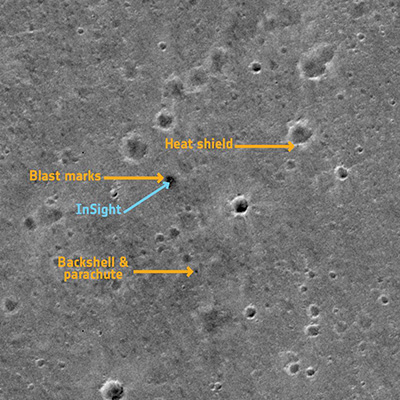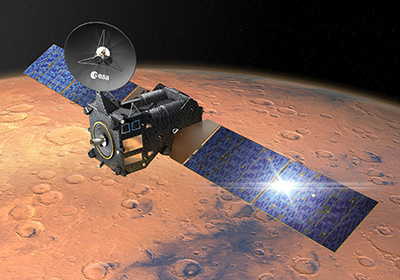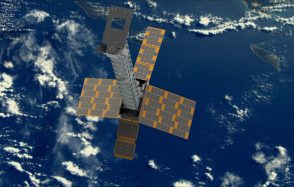ESA’s Trace Gas Orbiter satellite immortalises InSight from Martian orbit
On March 2nd 2019, the Trace Gas Orbiter (TGO) probe of the European Space Agency's ExoMars program succeeded in photographing the InSight probe on the surface of the Red Planet. This is the first time that a European satellite has achieved this technical feat, which requires not only a high-performance camera, but also special shooting conditions, given the relatively small size of the devices to be resolved.

Publication date: 05/03/2019
Observatories, Press, Research
Related observatories : InSight Observatory
Related themes : Earth and Planetary Interiors








